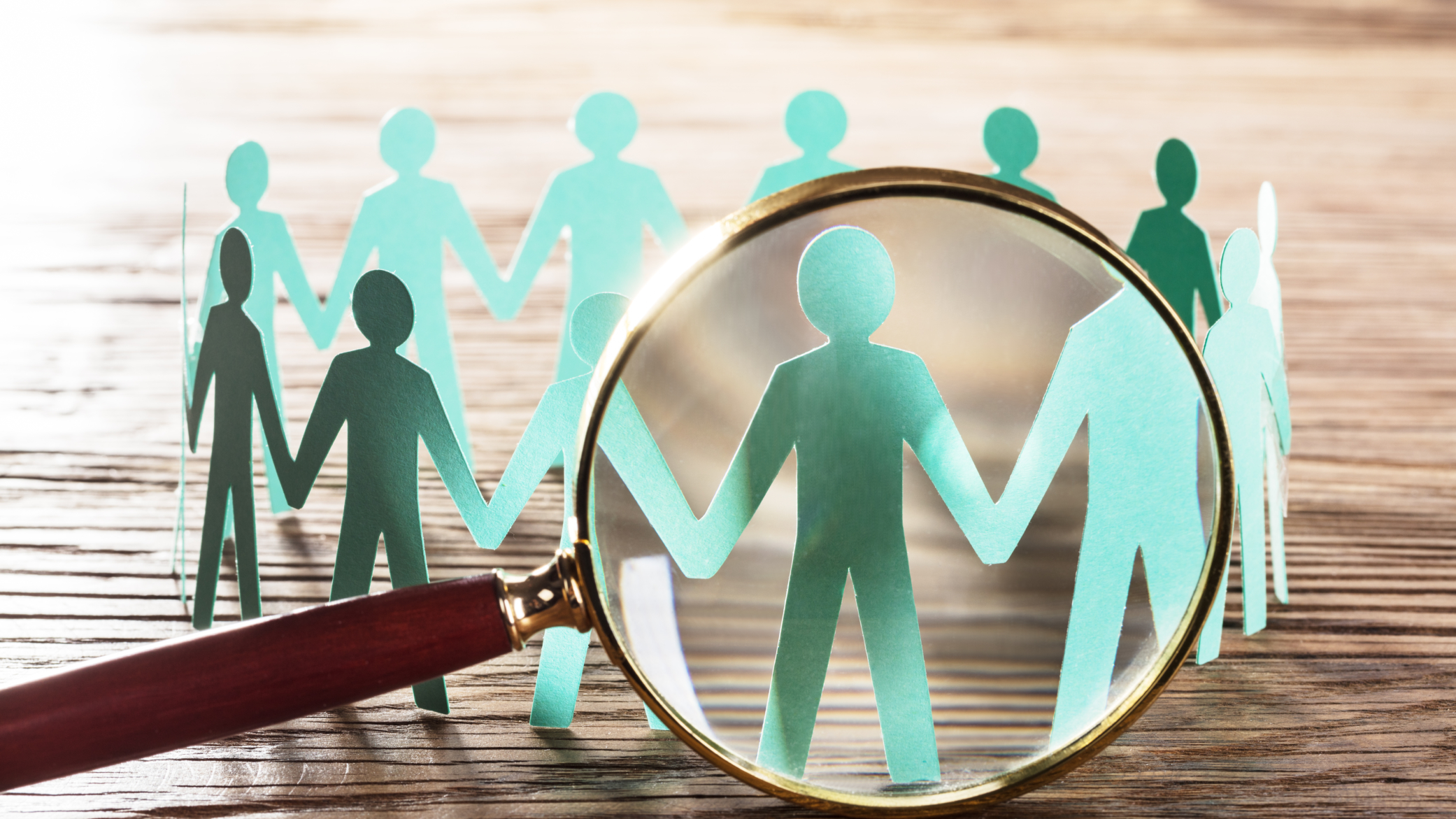Our appearance—the sliver of ourselves that is most readily perceived by the outside world—can lend others to make assumptions, both consciously and unconsciously, about who we are and what we believe. And yet so much of who we are comes from the parts of ourselves that are not observable—our lived experiences, our histories. Each of us is so much more than meets the eye.
Take my story: I am an only child of immigrants from India. I grew up in the Bay Area when it was much rarer to find someone who looked like me than it is now—and the fact that I am a brown-skinned woman is certainly something that others see and interpret, whether consciously or not.
But this excludes a whole facet of my story that is truly core to who I am. My parents were both affected by polio at a young age, limiting their ability to walk unaided. Their lives are examples of perseverance and grit; against incredibly tough odds, my father started his own business, and my mother successfully translated her English Literature education to a role in the tech sector. They embody determination and strength, yet this never seems in conflict with their sense of humor, adventurous spirits, and deep positivity.
As a result of having parents who are mobility-limited, I possess a natural awareness about accessibility issues. When I walk into a building, I notice how many steps there are, how long a ramp is, and whether there’s an elevator. My Prius is drive-able even without the use of the foot pedals. My family’s garden has Fuji apples and Meyer lemons growing alongside the deck—intentionally planned so no steps are needed to pick them. And while this sensibility is a core part of who I am, it is in no way visible at first glance. It is natural for humans to interpret what they perceive, but we must remember that identities are made of many layers—and that what we see is only one. We must not lose sight of what we can’t see.
Identity-based disadvantage
Some of these layers of identity—visible or not—have the power to disadvantage life outcomes. Race and gender rise to the top, but others—such as disability and sexual orientation—also shape life outcomes. Many of these categories are themselves imperfect; they are socially constructed, fluid, and change over time. But they still have a real effect.
The data are striking: in the U.S., on average, blacks are at least twice as likely as whites to be poor or unemployed. Female full-time workers made only 80 cents for every dollar earned by men in 2015. The unemployment rate in 2016 for people with a disability was roughly twice that of those with no disability.
Sadly, we live in a society where many forces, including those of structural discrimination, based in our unjust history, continue to impact socioeconomic outcomes. The fact that pieces of our identity can so dramatically shape life outcomes is deeply troublesome and unfair; too many have tough odds stacked against them, starting even at birth, because of slivers of who they are.
Philanthropy’s challenge: A delicate balance
Philanthropy can and should work to build a more equitable society—where elements of identity that currently disadvantage certain people no longer do. In practice, to do so, foundations often concentrate on a specific slice of identity—race or gender, for example. This type of foundation attention is critical when tackling identity-based disadvantage; it can allow for deeper insight or understanding into a problem, and help guide foundation staff’s decision-making given limited resources. And yet, recognition that this puts a spotlight on only select pieces of the puzzle is necessary.
At the Hewlett Foundation, we have been grappling with how we might approach this tension both within our own institution, and through our grantmaking. We spent two years engaging in conversations around how we (staff) could better bring our whole (multi-dimensional) selves to work. We adopted a guiding principle which acknowledges that diversity encompasses many elements of identity, but emphasizes those resulting from historical disadvantage. And, over the last year, I staffed a workgroup specifically charged with exploring how we might build and support a more diverse and inclusive set of grantees.
Through these efforts, we grappled with these same tough questions—how might we tackle the elements of identity that can disadvantage outcomes, while not losing sight of other aspects of identity? How do we maintain a holistic view, while acknowledging the power that some layers of identity have in shaping life outcomes?
This is particularly relevant to the collection of demographic data. Currently, many foundations collect demographic data from their own staff/board, grantees, and sometimes from the ultimate beneficiaries of the work, in order to understand who their funding is reaching. In order to collect data that is aggregable, it is often standardized, quantitative, countable data—commonly on race/ethnicity or gender. While they don’t paint the whole picture, these data provide critical information about who is given the privilege of allocating funds for the foundation, and who benefits from foundation funding.
This issue of demographic data collection is especially polarizing. Over the course of the last year, I was struck by how people often fall squarely in either the “data unfairly reduce people to a box” camp, or the “without data, it’s impossible to assess how disadvantaged groups are being represented” camp.
Given my own story, you might expect that I might fall in the former group—that I might feel that collecting data on my race and gender would inadequately capture the important role that disability has played in my life. Instead, I find myself squarely in the middle: I see the power and need for data to inform philanthropic efforts, but also realize the importance of treading lightly—since powerful stories and histories lie, often unseen, behind it.
When foundations consider ways to better understand to whom their funding is flowing, their challenge is to collect, analyze, and interpret information in a thoughtful, non-alienating, and non-reductionist way—one which embraces the potential of the data, but also recognizes its limitations.
It is no easy task to hold in a delicate balance that, on the one hand, elements of our identity have the unfair ability to disadvantage our life outcomes, and yet on the other hand, individuals are much more than just those identities. But, if philanthropy truly seeks to build a more equitable society, we must do just this.

 Andrey_Popov/Shutterstock
Andrey_Popov/Shutterstock


